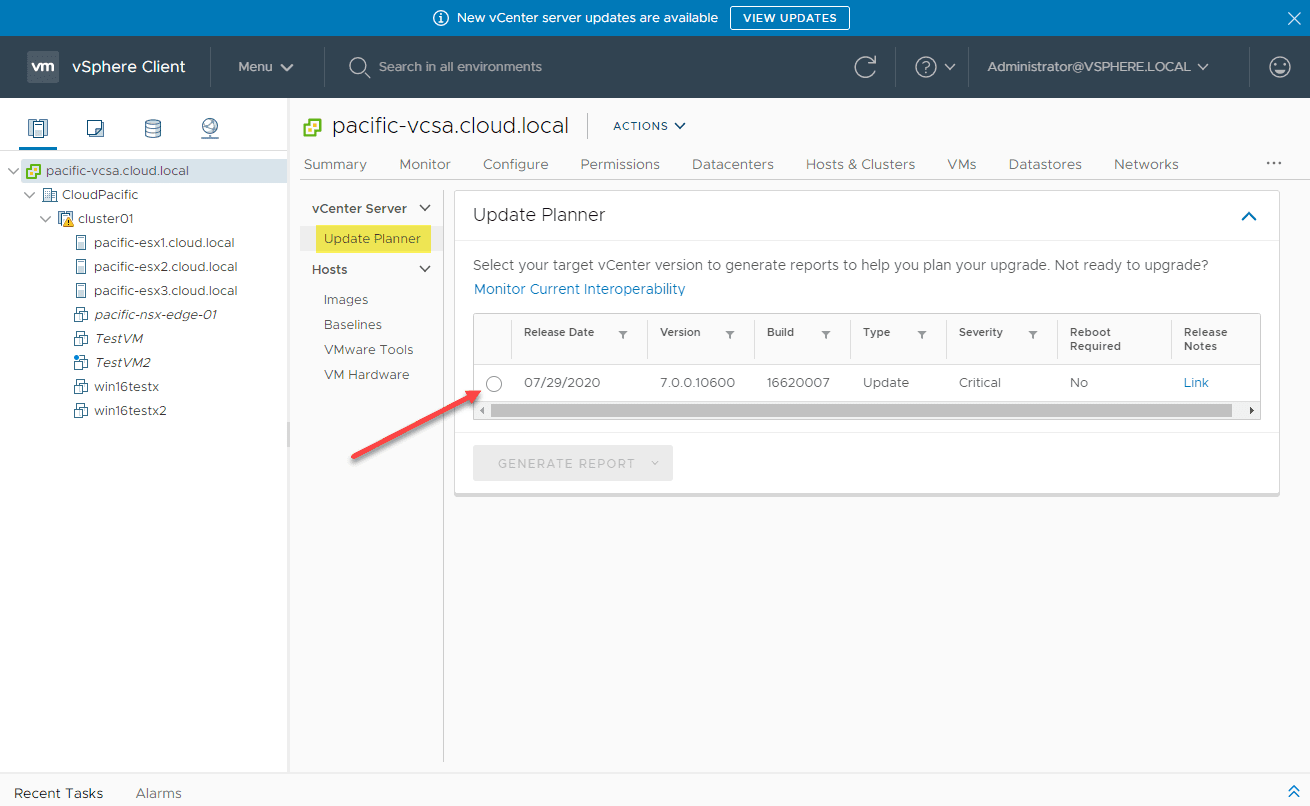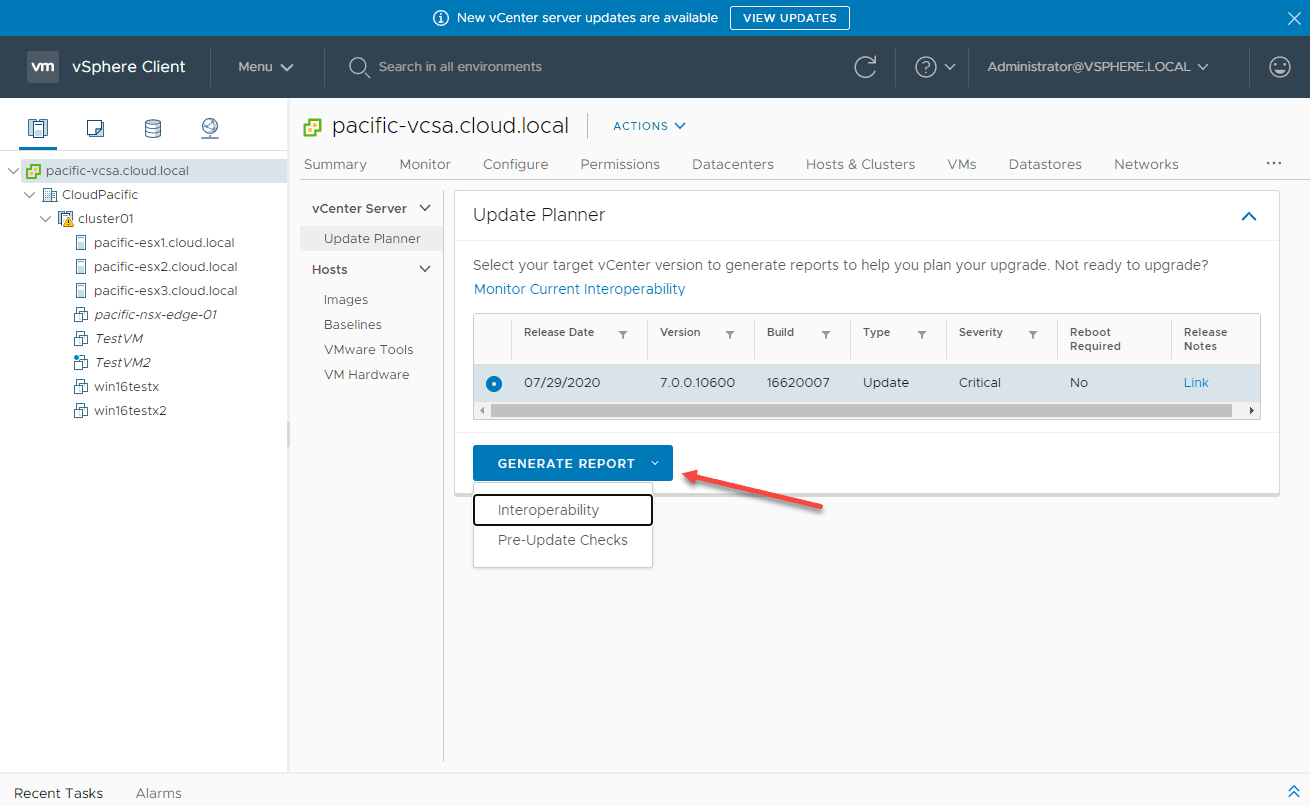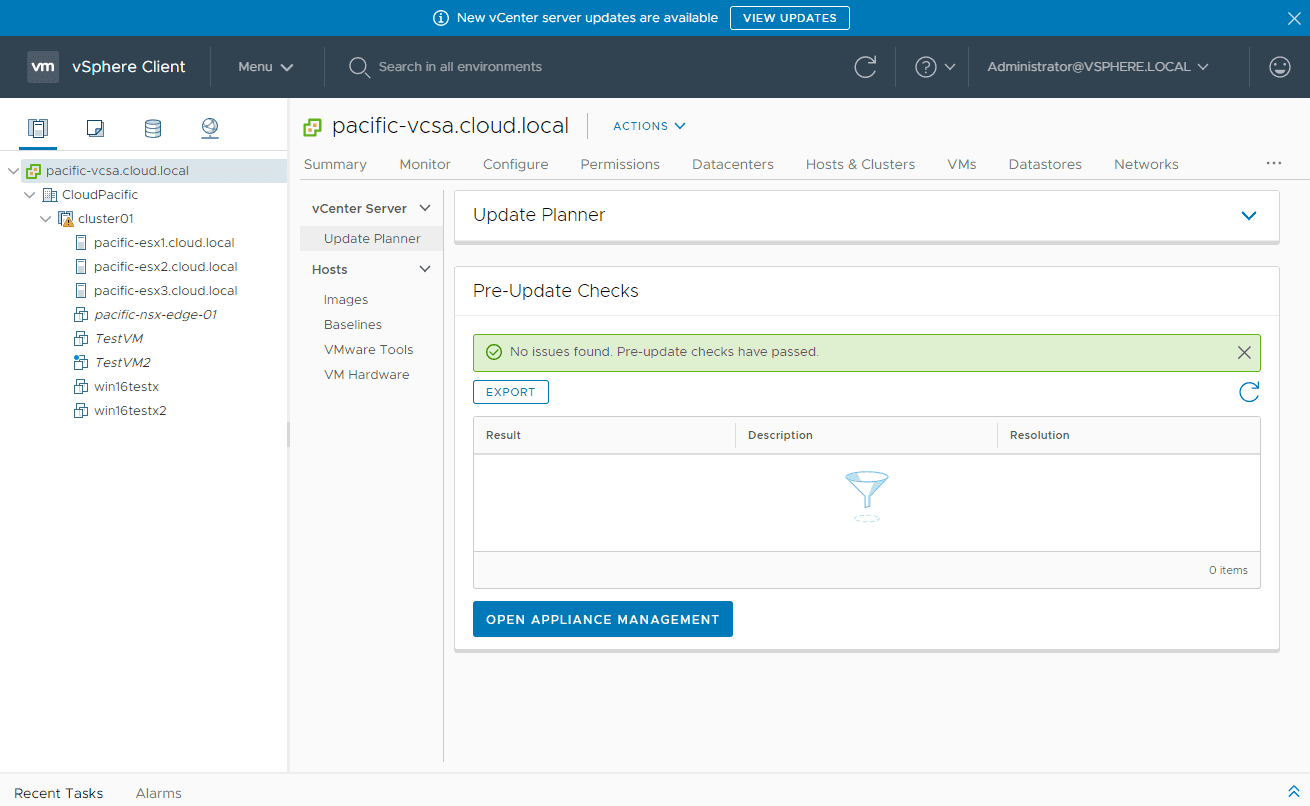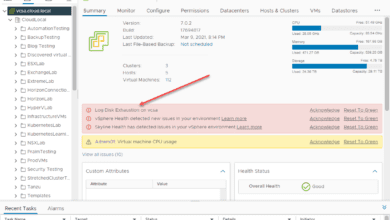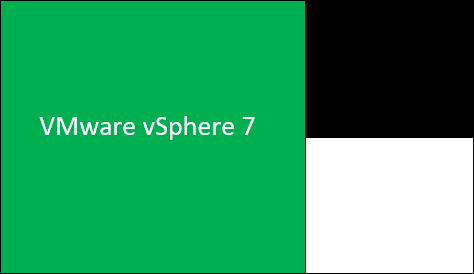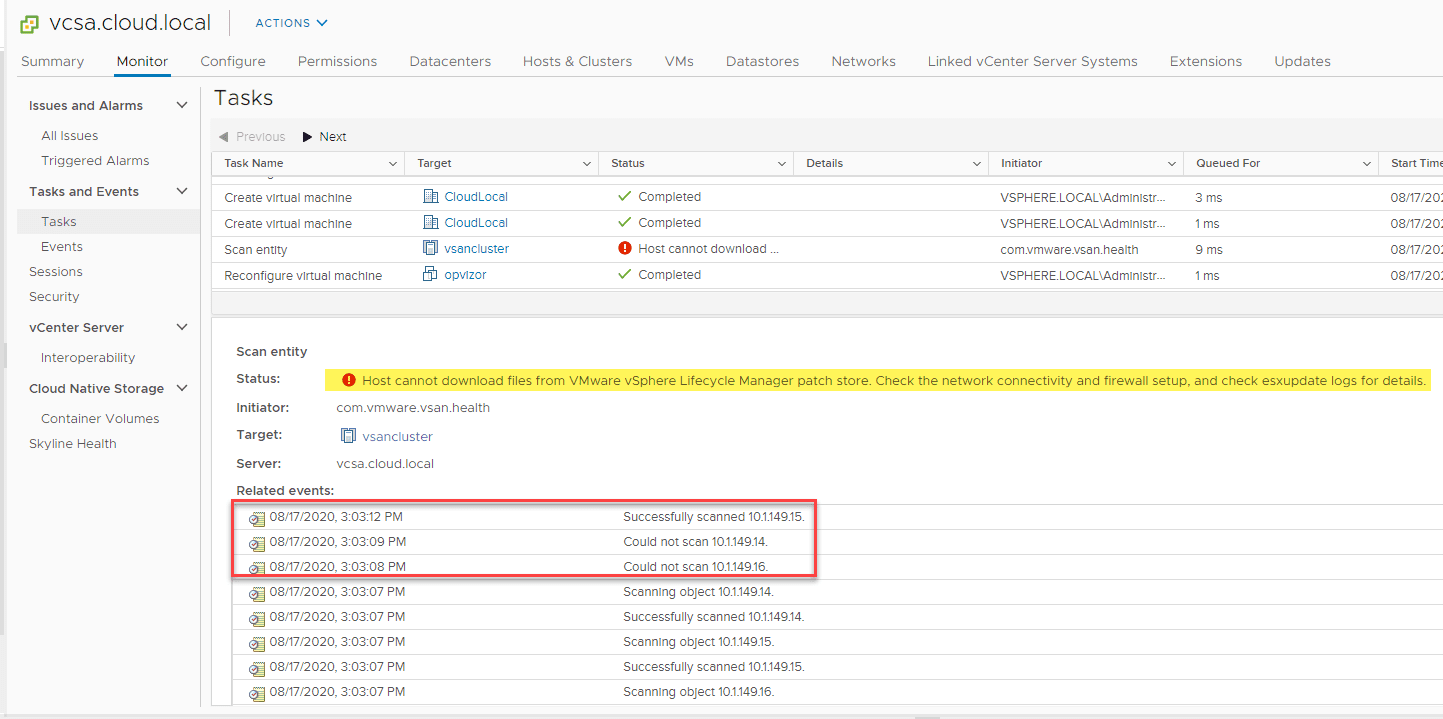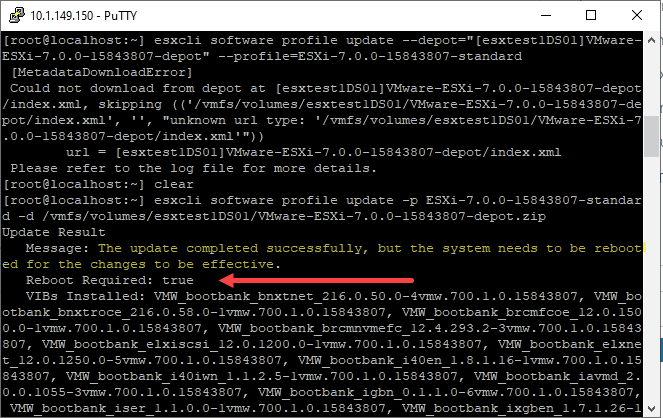What is vCenter Server Update Planner in vSphere 7?
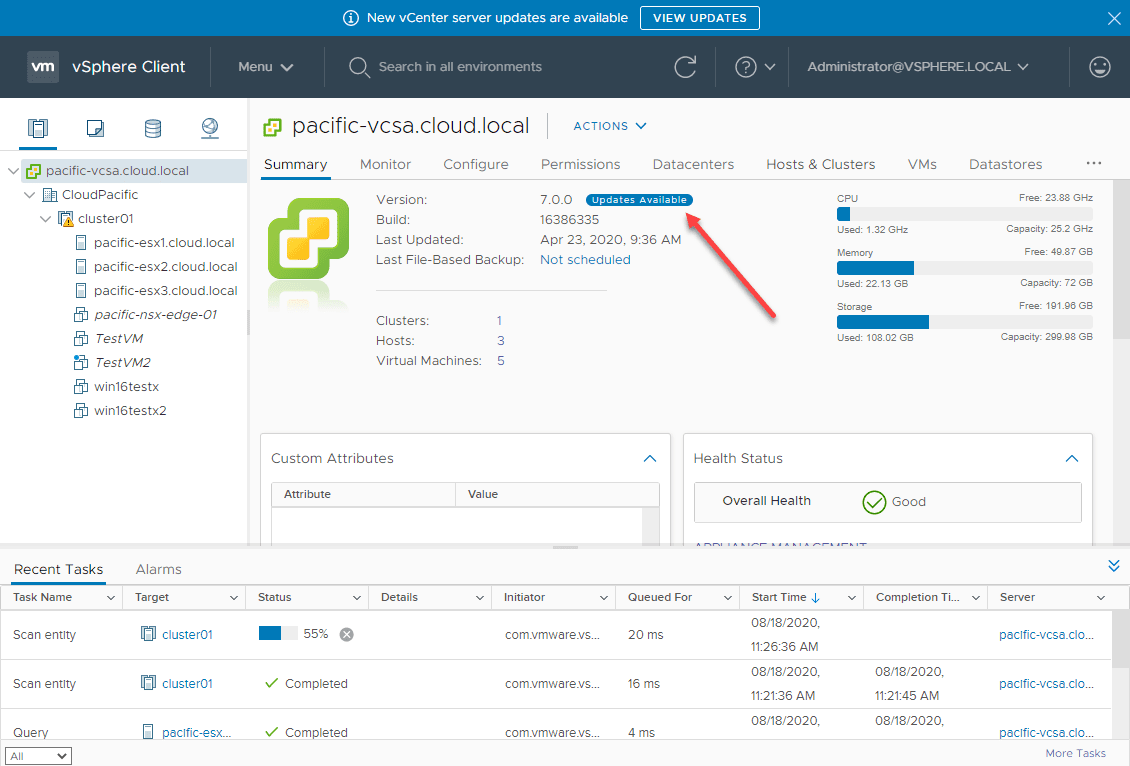
VMware vCenter Server 7 includes great new features and functionality that allows vSphere administrators to more effectively do their jobs in managing the vSphere environment. Lifecycle management with vCenter Server is typically a task that has previously been labor intensive process. VMware has done a lot of work in the realm of lifecycle management in the new vSphere 7 release of vSphere. This includes the vSphere Lifecycle Manager (vLCM). A specific part of the vLCM tool is the vCenter Server Update Planner. With the vCenter Server Update Planner, the vSphere Client has a built in way to much more easily see the updates that are available for vCenter Server and any interoperability or other concerns that need to be addressed before updating. In this post we will take a look at what is vCenter Update Planner in vSphere 7 and see how it is used.
What is vCenter Server Update Planner?
To put it simply, the vCenter Server Update Planner is a new tool that is built into the vSphere Client that allows easily seeing when new vCenter Server releases become available and then examining any issues that need to be addressed before applying the new update to vCenter Server in terms of interoperability and pre-update checks.
With this being said, there are two types of reports the vCenter Server Update Planner will run when a new update is released:
- Interoperability
- Pre-Update
If you have a simple vSphere environment with only vCenter Server and ESXi, diagnosing any interoperability issues is basically a moot point. However, as environments grow and they incorporate other VMware technologies like VMware NSX, vRealize Suite, and others, determining any interoperability issues is extremely important.
As mentioned earlier, this is a new component that is made possible by the new vSphere Lifecycle Manager (vLCM) tool. The vLCM tool is a new way of keeping your vSphere environment updated that uses a new “desired-state” and declarative methodology for updating your environment.
Basically, you define how you want the environment to look and then you are telling the vLCM that you want to apply this set of parameters to the environment to make it “look” a certain way when it is finished.
vCenter Server Updates visibility and control
One of the great things about the new update planner is the visibility and control that it gives the vSphere administrator over the vCenter Server update process. As you know, updating vCenter Server is generally the first step for ensuring you have no issues when applying updates to your ESXi hosts.
The new update planner visibly alerts the vSphere administrator to updates that are available in the vSphere environment. Note when you have focus on your vCenter Server in the vSphere Client, you will see the Updates Available next to the version number. Also, if you don’t have focus on your vCenter Server, the blue ribbon in the top of the vSphere Client visually alerts to available updates.
When you click the Updates Available, it will take you directly to the Update Planner tool. As you can see, you will see the update listed that is available. There is a radio button next to the update. Click the radio button.
When you activate the update by clicking the radio button, you will have the Generate Report button become active. When you click this button, you will see the the two reports:
- Interoperability
- Pre-Update Checks
Choose which report you want to run.
The real value and power of the vCenter Server Update Planner is seen below. In running the interoperability report on the environment, it notes that NSX-T is in use and that applying the update is really not supported with the current version of NSX-T. To support this vCenter Update, I first need to apply the NSX-T Data Center version 3.0.1 patch to NSX-T.
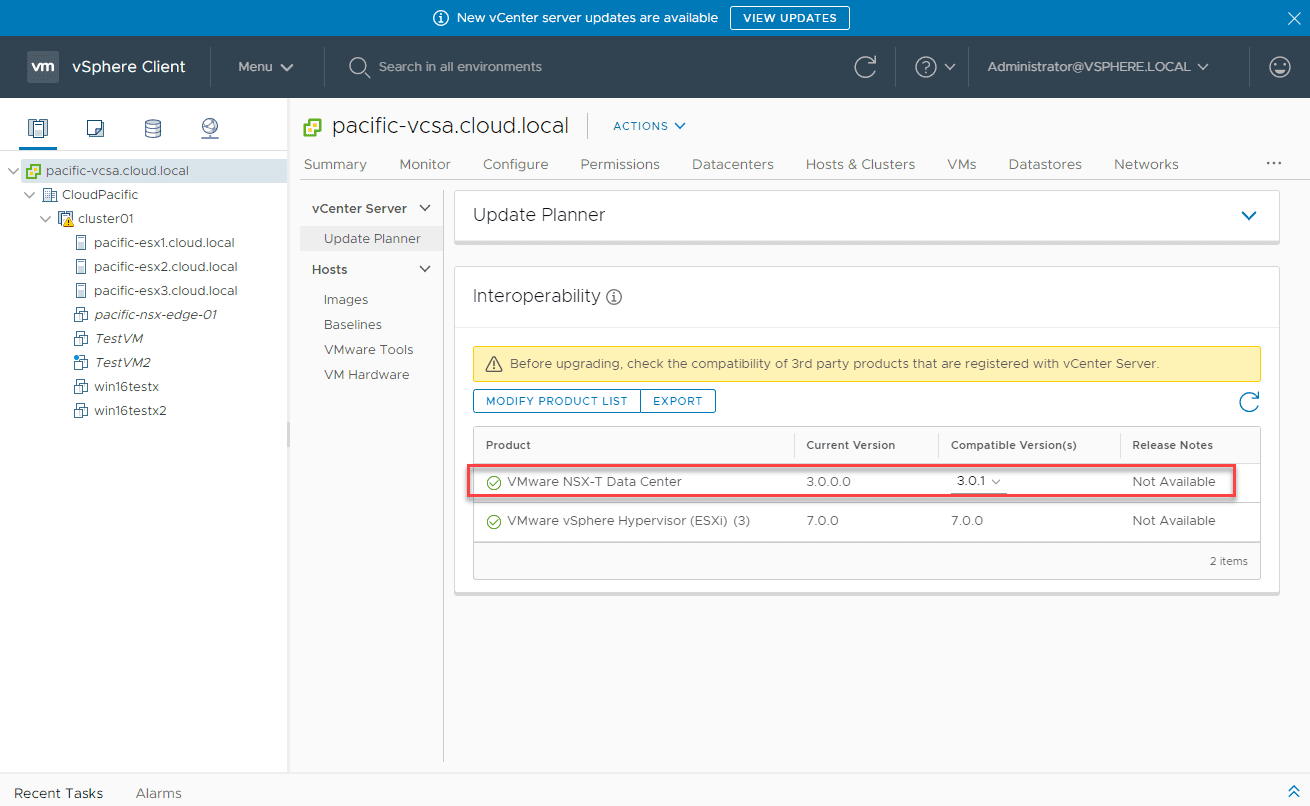
The Pre-Update Check report reveals no issues with the available vCenter Server Update. With this considered, it helps to show visibility to and control the vCenter Server Update process, allowing vSphere administrators to see potential issues before these cause major issues in the environment due to a poorly orchestrated update of the vSphere environment, starting with vCenter Server.
Also, you see the Open Appliance Management button. Clicking this will take you to the actual vCenter VCSA VAMI interface where the updates can actually be downloaded and applied.
Wrapping Up and Thoughts
The new vCenter Server Update Planner in vSphere 7 is a great new feature that allows vSphere administrators to have better visibility and control over updating their vCenter Server in the environment.
It helps to give visibility to potential issues that come from interoperability concerns or other pre-update tasks that may need to be completed beforehand.
It is great to see how much attention VMware has given to lifecycle management overall in vSphere 7 as this is a major part of the duties and responsibilities of the vSphere administrator that can affect the rest of the environment either in a positive way or negatively.
Empowering them with new tools like the vCenter Server Update Planner as part of the vSphere Lifecycle Manager helps to ensure stability and interoperability after updates are applied.


